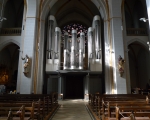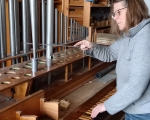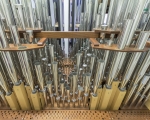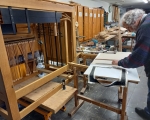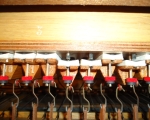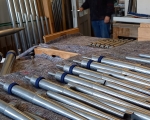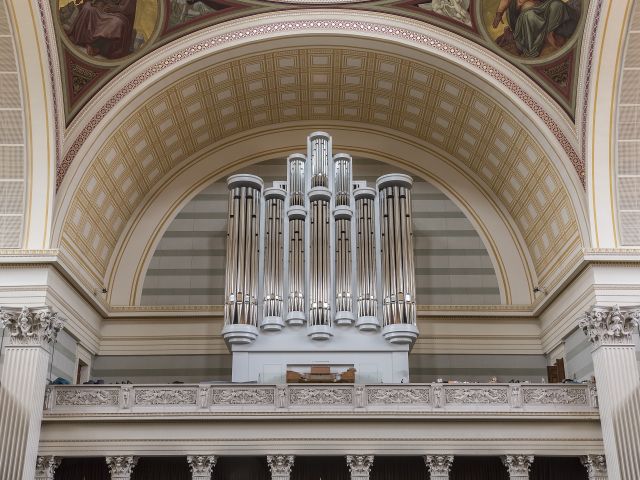Organ Building
Organ building – is that a craft or actually an art?
The organ is certainly one of the most impressive instruments in the world. Each organ is unique and in a church or a concert hall has the effect of an impressive work of art, which we experience with even greater reverence when someone plays it.
Organ building is a traditional craft that has a long, eventful history harkening back to antiquity. In Germany (Ostfriesland), some of the oldest functioning organs, dating back to the 15th century, have been preserved.
Organ building in Osnabrück cannot be traced back that far. Nevertheless, it has a long tradition that began when Anton Franz Schmid founded a workshop in Quakenbrück in 1790. Despite several changes of location and ownership, this workshop still exists today as Kreienbrink Orgelmanufaktur GmbH managed by Kirsten Schweimler-Kreienbrink and Joachim Kreienbrink in Georgsmarienhütte. Over the many years, they have newly built, rebuilt, or restored over 750 instruments. Today the focus of the workshop is on the conversion and renovation of existing organs.
Why is this an Intangible Cultural Heritage?
With around 50,000 instruments, Germany has the highest density of organs in the world. Organ building and organ music are part of the German identity and the Christian religion; they embody a traditional cultural asset. The construction of an organ requires a high degree of craftsmanship as well as special knowledge and skills in dealing with different materials. These handcraft techniques have been passed on and further developed for generations. The instruments often reflect stylistic features of the respective epoch in which they were built. In 2017, organ building and organ music were included on the international list of intangible cultural heritages by UNESCO.
